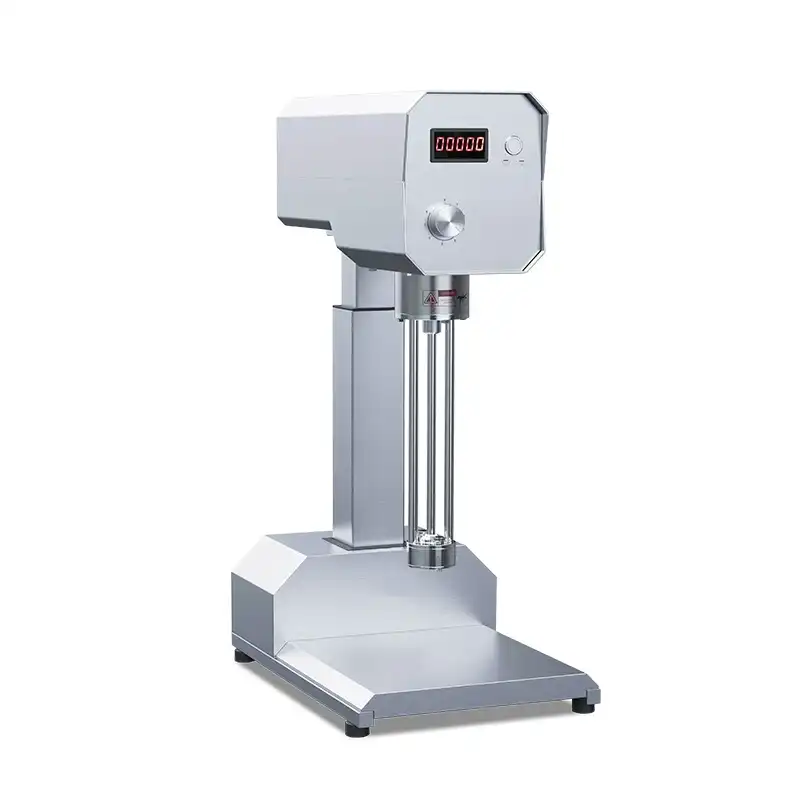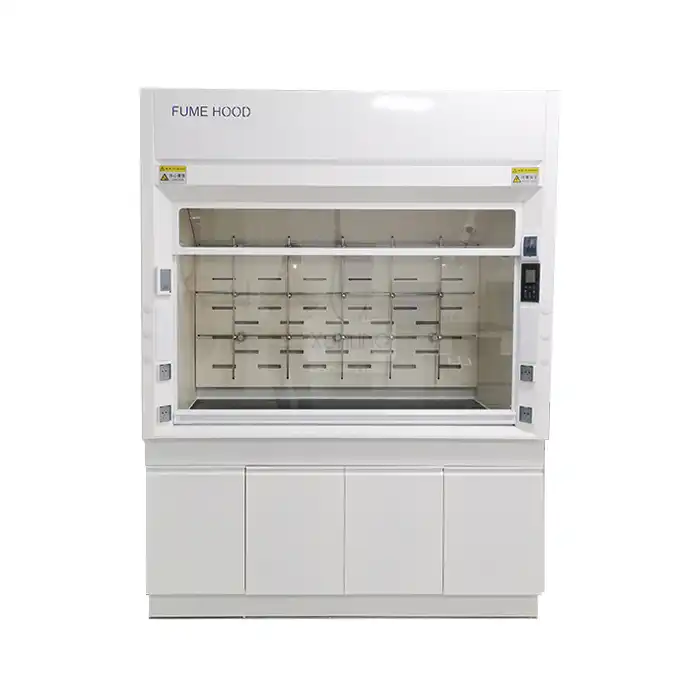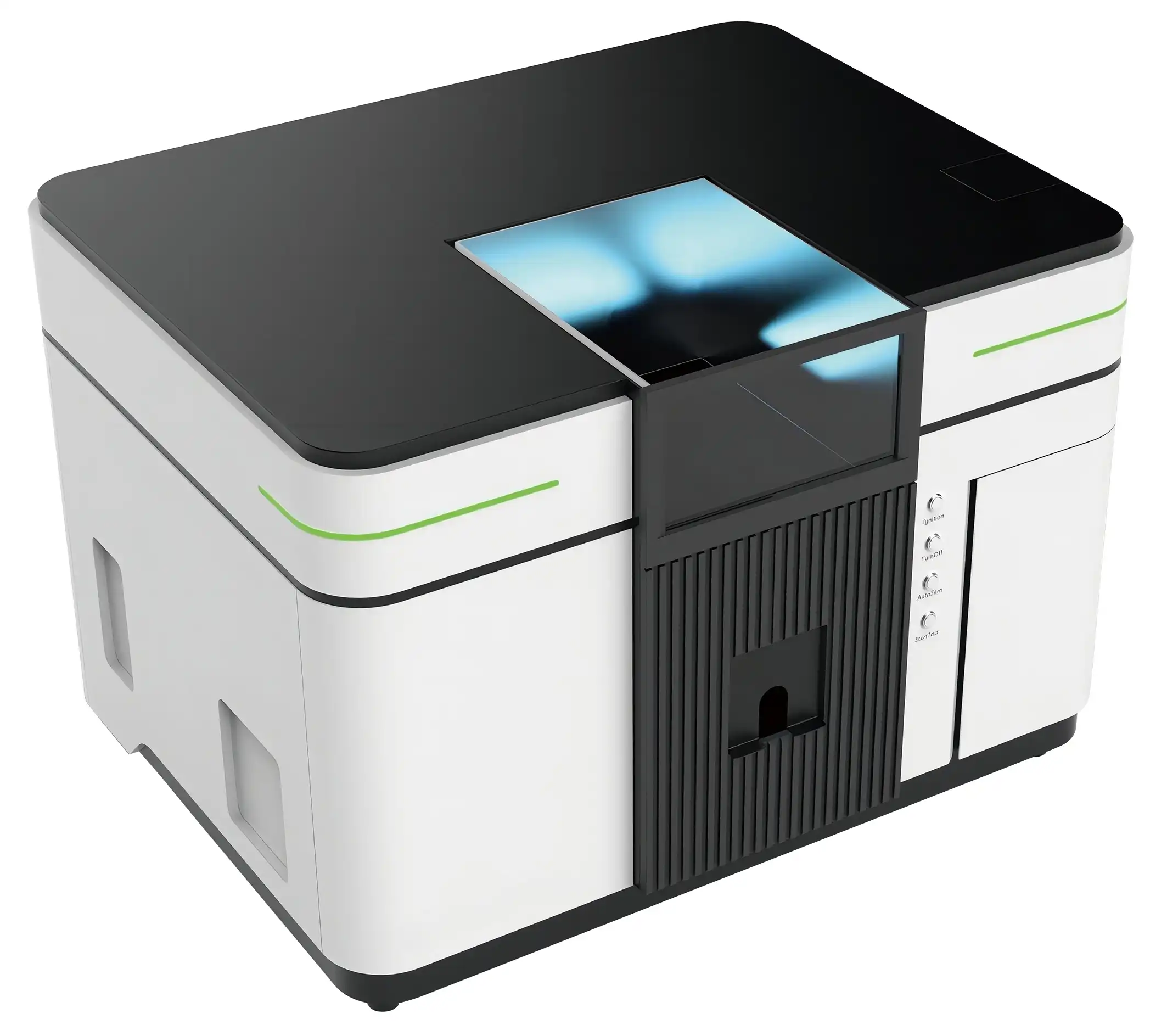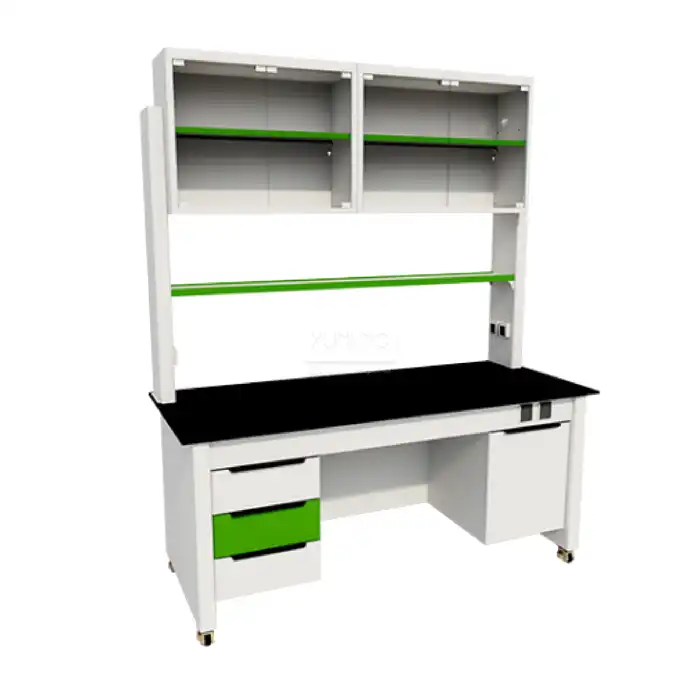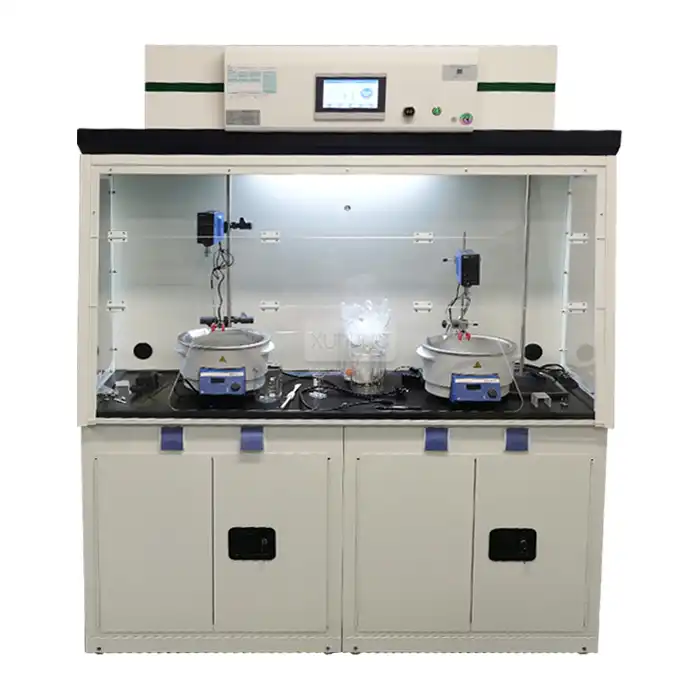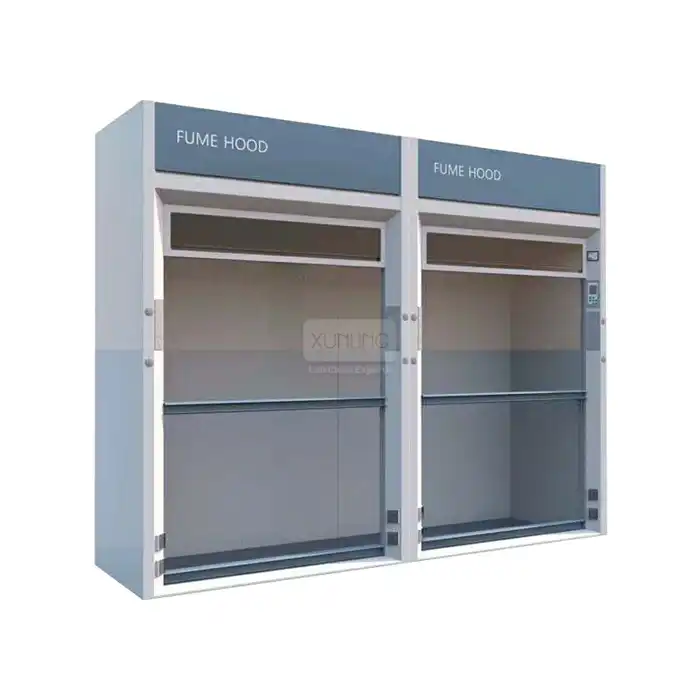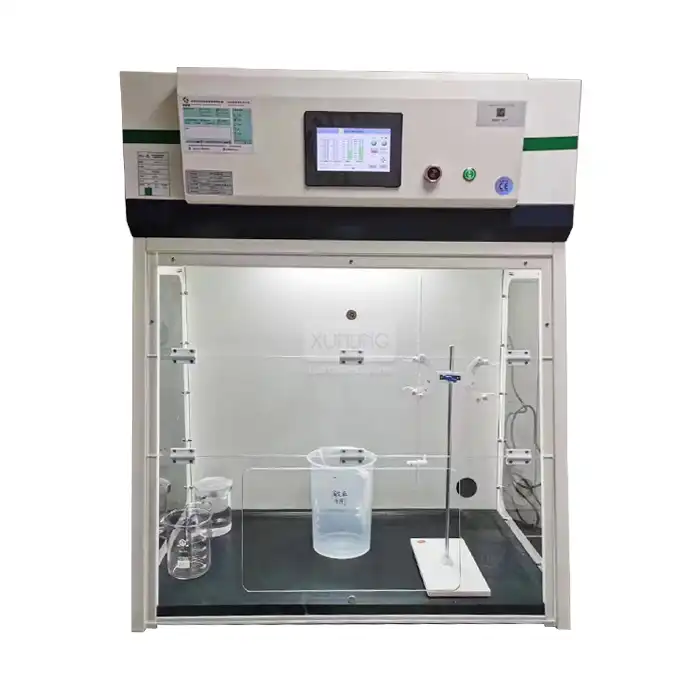
How do Mixed Flow Fans Compare to Axial and Centrifugal Fans?
2025-04-28 14:12:44
When it comes to ventilation and air movement solutions in laboratory and industrial settings, choosing the right type of fan is crucial for optimal performance. Mixed Flow Fans represent an innovative hybrid technology that combines the advantages of both axial and centrifugal fans. This comprehensive comparison explores how Mixed Flow Fans stand against traditional fan technologies, highlighting their unique characteristics, performance metrics, and ideal applications to help you make an informed decision for your specific ventilation needs.
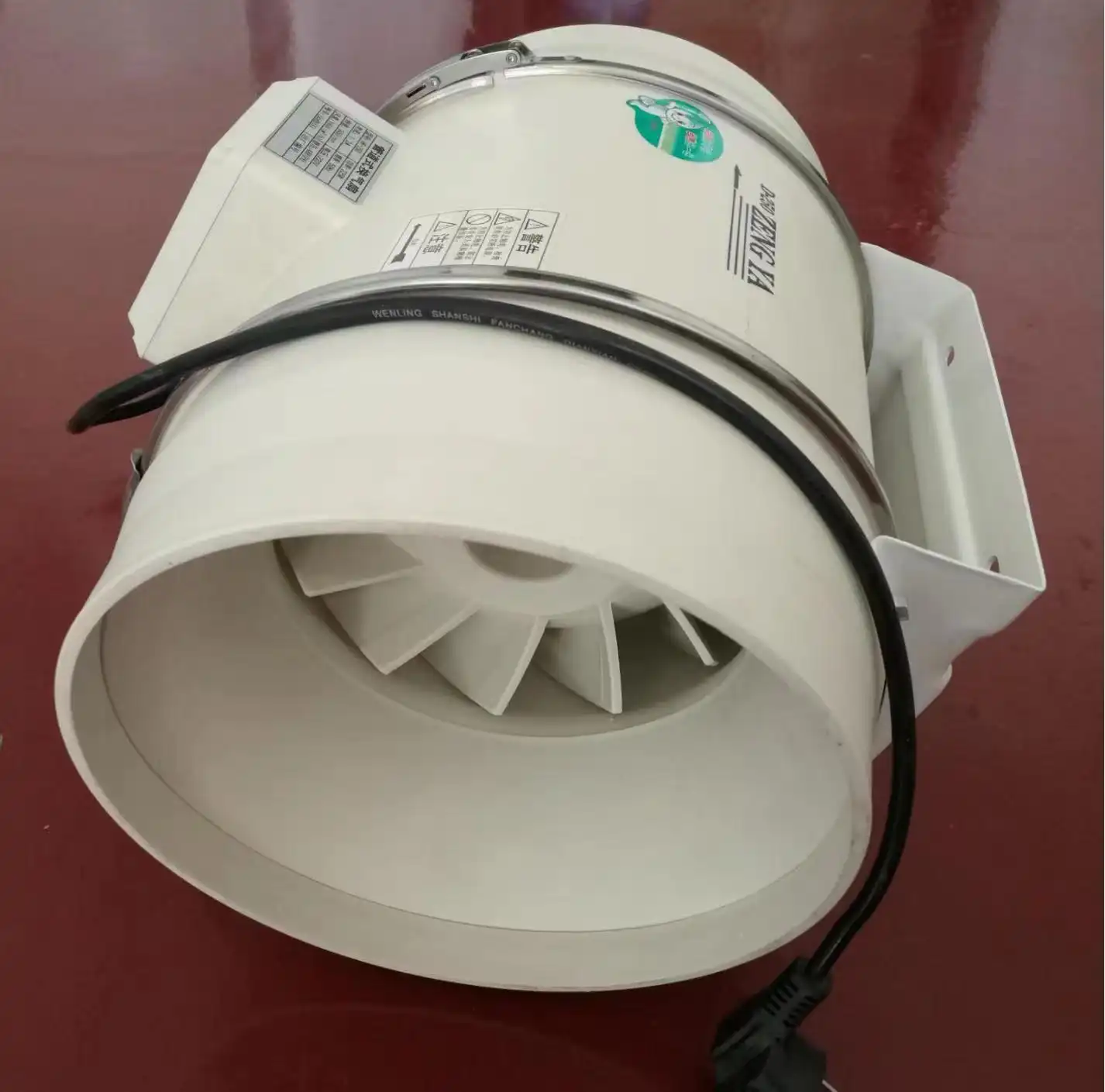
Fundamental Design and Operating Principles
The Hybrid Nature of Mixed Flow Fans
Mixed Flow Fans are ingeniously designed to incorporate the best features of both axial and centrifugal fan technologies. Unlike pure axial fans that move air parallel to the fan shaft or centrifugal fans that discharge air perpendicular to the inlet direction, Mixed Flow Fans create a airflow path that falls between these two extremes. The impeller design of Mixed Flow Fans allows air to enter axially and then redirects it at an angle intermediate between axial and radial directions. This hybrid approach enables these fans to achieve a balance of high volume flow and moderate pressure capabilities that neither pure axial nor pure centrifugal fans can match independently. The specialized blade geometry features curved, forward-swept profiles that efficiently accelerate incoming air while minimizing turbulence. This distinctive design principle makes Mixed Flow Fans particularly valuable in applications requiring a combination of substantial airflow rates and the ability to overcome system resistance, all while maintaining reasonable energy consumption profiles. The sophisticated aerodynamic principles employed in these fans result in improved flow characteristics that translate directly into practical benefits for laboratory and industrial ventilation systems where balanced performance is essential.
Comparative Aerodynamics and Flow Patterns
The aerodynamic characteristics of Mixed Flow Fans create distinctive flow patterns that differentiate them from their axial and centrifugal counterparts. Axial fans generate airflow parallel to the rotational axis, moving air directly through the fan in a straight path. This straightforward flow pattern delivers high volumes but struggles against back pressure. Centrifugal fans, conversely, draw air in axially but discharge it radially through a 90-degree turn, creating high pressure but sometimes sacrificing flow volume and efficiency. Mixed Flow Fans strike a balance by establishing a spiral flow pattern where air enters axially and exits at an intermediate angle, typically between 30-60 degrees from the axis. This carefully engineered flow trajectory allows Mixed Flow Fans to handle moderate system resistance while maintaining substantial airflow rates. The resulting performance curve is more versatile than either axial or centrifugal designs, displaying a gentler slope that translates to more stable operation across varying system conditions. This balanced aerodynamic profile makes them ideal for Laboratory Fume Hoods and other specialized ventilation systems where consistent performance is required across fluctuating operating parameters. The comparatively smooth transitions in the airflow path also contribute to reduced turbulence, which directly impacts both energy efficiency and noise generation during operation.
Material and Construction Technologies
The material composition and construction methods employed in Mixed Flow Fans significantly influence their performance characteristics and durability. Unlike traditional axial fans that often utilize simple stamped metal blades, or centrifugal fans with their complex housings and scroll designs, Mixed Flow Fans from Xi'an Xunling Electronic Technology Co., Ltd. feature advanced construction using high-performance polypropylene (PP) materials. This engineering polymer offers exceptional chemical resistance, making these fans ideally suited for laboratory environments where corrosive fumes may be present. The production process involves precision molding techniques that ensure dimensional accuracy and consistent performance across the entire product range. The impeller design incorporates advanced aerodynamic profiles that would be difficult to achieve with traditional metal fabrication. Available in multiple diameters ranging from 100mm to 315mm, these fans are engineered to precise tolerances to maintain optimal clearances between the impeller and housing, minimizing efficiency losses while maximizing performance. The PP construction also offers weight advantages over metal alternatives, simplifying installation and reducing structural load requirements. This combination of material selection and manufacturing technology results in Mixed Flow Fans that offer superior chemical resistance, reduced maintenance requirements, and extended operational lifespans compared to conventional fan designs, especially in demanding laboratory applications.
Performance Metrics and Efficiency Analysis
Airflow Capacity and Static Pressure Comparison
When evaluating fan performance, two critical parameters stand out: airflow capacity and static pressure generation. Mixed Flow Fans demonstrate remarkable versatility in these metrics compared to their axial and centrifugal counterparts. Xi'an Xunling's Mixed Flow Fans offer impressive airflow capacities ranging from 220 m³/h in the smallest 100mm model to a substantial 2900 m³/h in the 315mm variant. This progressive scaling allows precise matching to application requirements without excessive oversizing. Unlike axial fans, which typically provide high airflow but struggle with pressure development, Mixed Flow Fans maintain respectable static pressure capabilities ranging from 150 Pa to 630 Pa across their size spectrum. This pressure generation substantially exceeds what comparable axial fans could achieve while approaching the pressure capabilities of centrifugal designs. The performance advantage becomes particularly evident in applications with moderate system resistance, where axial fans would experience significant performance degradation while centrifugal fans would be oversized and inefficient. The balanced characteristic curves of Mixed Flow Fans mean they maintain more consistent performance when faced with varying system conditions, such as gradually clogging filters or adjustable dampers. This makes them especially valuable in laboratory settings where performance stability is essential for maintaining safety standards and experimental integrity. The unique combination of airflow and pressure capabilities places Mixed Flow Fans in an optimal position for applications requiring balanced performance rather than extreme specialization in either direction.
Energy Efficiency and Power Consumption
Energy efficiency represents a critical consideration in modern ventilation system design, impacting both operational costs and environmental footprint. Mixed Flow Fans demonstrate significant advantages in this domain compared to traditional fan technologies. While axial fans typically offer good efficiency at low pressures and centrifugal fans excel at high pressures, Mixed Flow Fans maintain excellent efficiency across a broader operating range. This translates to more consistent energy performance under varying conditions. Xi'an Xunling's Mixed Flow Fan series features carefully optimized power ratings proportional to their performance capabilities, ranging from just 35W for the 100mm model to 320W for the high-capacity 315mm variant. This power scaling ensures that each model operates within its most efficient envelope. The specialized impeller geometry of Mixed Flow Fans creates flow paths that minimize turbulence and recirculation, significant sources of energy loss in conventional designs. This streamlined flow characteristic contributes to higher effective efficiency in real-world applications. Additionally, the consistent rotation speeds across the product range (predominantly 2600 r/min with slight variations in larger models) indicate careful optimization to balance airflow generation with energy consumption. The superior aerodynamic design enables these fans to achieve their performance specifications without resorting to excessive motor power or rotation speeds. In practical terms, this efficiency advantage means laboratories and industrial facilities can achieve their ventilation requirements with lower energy consumption, contributing to reduced operating costs and improved sustainability credentials. The balanced approach to energy utilization makes Mixed Flow Fans particularly valuable in applications where continuous operation is required.
Noise Characteristics and Acoustic Performance
Acoustic performance represents an increasingly important consideration in laboratory and industrial ventilation systems, particularly in environments where worker comfort and communication are essential. Mixed Flow Fans offer significant advantages in noise characteristics compared to conventional fan technologies. Xi'an Xunling's Mixed Flow Fan series features carefully engineered acoustic profiles ranging from an exceptionally quiet 31dB in the 100mm model to a moderate 65dB in the high-capacity 315mm variant. This progressive scaling allows system designers to select appropriate models for noise-sensitive applications. Unlike axial fans, which typically generate significant tonal noise components due to their straightforward blade passage through air, Mixed Flow Fans benefit from more complex flow paths that distribute acoustic energy across a broader frequency spectrum, resulting in less objectionable sound character. Centrifugal fans often produce substantial low-frequency noise due to their housing designs, while Mixed Flow Fans generate a more balanced acoustic signature that's less likely to resonate with building structures. The carefully optimized rotation speeds of these fans (generally 2600 r/min) represent a thoughtful compromise between performance requirements and noise generation. The specialized blade geometry features gradual curvature that reduces turbulence during air acceleration, a significant source of broadband noise in conventional designs. This refined approach to aeroacoustics makes Mixed Flow Fans particularly valuable in laboratory settings where excessive noise could interfere with concentration, communication, or sensitive measurements. The balanced acoustic performance allows these fans to deliver required ventilation performance without compromising the working environment, enhancing both productivity and comfort for laboratory personnel.
Application Versatility and Installation Considerations
Laboratory and Research Settings
Mixed Flow Fans demonstrate exceptional suitability for laboratory and research environments, where their balanced performance characteristics address multiple challenging requirements. In scientific settings, ventilation systems must maintain precise airflow patterns while managing potentially hazardous fumes and particulates. Mixed Flow Fans excel in these applications due to their combination of reliable airflow capacity and sufficient static pressure to overcome the resistance of filtration systems and ductwork. Xi'an Xunling's Mixed Flow Fan series, with its PP construction, offers superior chemical resistance against the corrosive substances commonly used in laboratories, ensuring long-term reliability even when exposed to aggressive environments. The low noise characteristics are particularly valuable in research settings, where excessive ventilation noise could interfere with concentration or sensitive acoustic measurements. Educational institutions benefit from these fans in teaching laboratories, where the moderate noise levels facilitate clearer communication between instructors and students. Biomedical research facilities appreciate the consistent performance that ensures contamination control and maintains pressure relationships between spaces. The range of available sizes (from 100mm to 315mm) allows precise matching to specific laboratory requirements, from small fume cupboards to large ventilated enclosures. The ISO 9001 and CE certifications provide additional assurance of reliability and safety for critical laboratory applications. The energy efficiency of Mixed Flow Fans contributes to the sustainable operation of research facilities, where ventilation systems often run continuously. Unlike axial fans that might struggle with the back pressure of filtration systems or centrifugal fans that could be oversized and inefficient for many lab applications, Mixed Flow Fans provide an optimal balance of performance characteristics specifically suited to the unique demands of scientific and research environments.
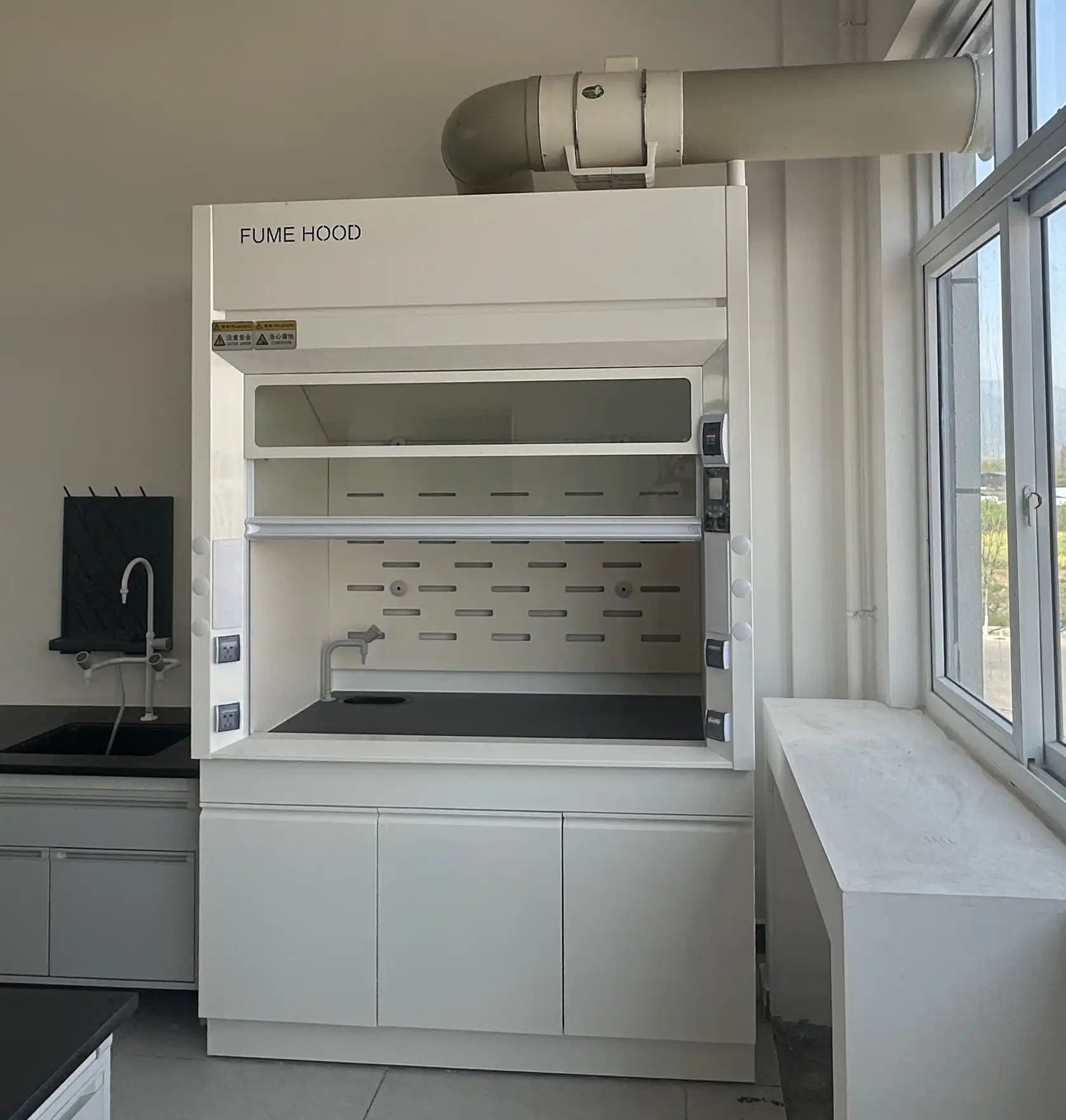
Industrial and Commercial Applications
The versatility of Mixed Flow Fans extends well beyond laboratory settings into diverse industrial and commercial applications, where their balanced performance profile addresses numerous ventilation challenges. In industrial environments, these fans provide effective solutions for general ventilation, process exhaust, and contaminant control applications. Food processing facilities benefit from the hygienic PP construction of Xi'an Xunling's Mixed Flow Fans, which resist bacterial growth while withstanding cleaning chemicals. Pharmaceutical manufacturing environments utilize these fans for controlling airborne particulates and maintaining appropriate pressure relationships between production spaces. The chemical industry leverages their corrosion resistance and reliable performance for handling aggressive atmospheres while maintaining worker safety. Commercial applications include restroom exhaust systems, kitchen ventilation, and HVAC return air handling, where the fans' combination of good airflow and moderate pressure capabilities proves ideal. Agricultural technology service centers employ Mixed Flow Fans for controlling temperature, humidity, and air quality in sensitive product storage areas. Electronic manufacturing facilities appreciate their clean operation and reliability for ventilating production areas where contamination control is essential. Unlike axial fans that may stall under increasing system pressure or centrifugal fans that operate inefficiently at lower resistance points, Mixed Flow Fans maintain consistent performance across varying system conditions – a valuable characteristic in industrial applications where filter loading or damper adjustments may alter system resistance over time. Their moderate noise characteristics make them suitable for applications where equipment is installed near occupied spaces. The variety of available models ensures appropriate sizing for specific industrial requirements, from small spot ventilation to larger general exhaust applications, making Mixed Flow Fans a versatile solution across multiple industries and commercial settings.
Installation Flexibility and System Integration
Mixed Flow Fans offer significant advantages in installation flexibility and system integration compared to conventional fan technologies. Their compact, streamlined design allows for versatile mounting options in constrained spaces where traditional centrifugal fans might be problematic due to their bulky housings and side discharge arrangements. Xi'an Xunling's Mixed Flow Fan series features standardized connection dimensions that facilitate straightforward duct connections in both inlet and outlet positions. Unlike axial fans that often require flow straighteners or additional ducting to manage swirl components in their discharge, Mixed Flow Fans produce a more organized airflow pattern that integrates efficiently with downstream ductwork. The intermediate discharge angle creates natural transitions to connected components without the 90-degree redirection required by centrifugal fans. The lightweight PP construction of these fans reduces structural support requirements compared to heavier metal alternatives, simplifying installation and reducing associated costs. Their balanced performance across varying system resistances makes them less sensitive to installation variables that might significantly impact the performance of more specialized fan types. The low vibration characteristics minimize the need for extensive vibration isolation measures, further simplifying installation requirements. Mixed Flow Fans can be oriented in various positions – horizontal, vertical, or angled – without compromising performance, providing system designers with valuable layout flexibility. This installation adaptability makes them particularly valuable in renovation projects where space constraints and existing infrastructure must be accommodated. Their compatibility with standard control systems, including variable speed drives, allows for straightforward integration into building management systems for optimized operation. The combination of performance reliability and installation flexibility makes Mixed Flow Fans an excellent choice for both new construction and retrofit applications across a wide range of ventilation requirements, where their balanced characteristics simplify system design while ensuring consistent performance.
Conclusion
Mixed Flow Fans represent an optimal compromise between axial and centrifugal technologies, delivering balanced performance that makes them exceptionally versatile across numerous applications. Their unique design combines high airflow capacity with substantial static pressure while maintaining energy efficiency and low noise operation. For laboratory and industrial ventilation needs, Mixed Flow Fans offer a compelling solution that addresses multiple requirements without the compromises inherent in more specialized fan types.
Ready to enhance your laboratory ventilation with our premium Mixed Flow Fans? Xi'an Xunling Electronic Technology Co., Ltd. offers unparalleled advantages including 5-day delivery, 5-year warranty, custom-made solutions, and comprehensive one-stop service. With our OEM support, fast delivery, and tight packaging, we ensure your complete satisfaction. Our cost-effective, certified products are backed by years of industry expertise and outstanding after-sales support. Don't compromise on your ventilation needs - Contact Us today to discover how our Mixed Flow Fans can transform your laboratory environment! Reach out at xalabfurniture@163.com to discuss your specific requirements.
References
1.Zhang, L., & Wang, F. (2023). Comparative Analysis of Fan Technologies in Laboratory Ventilation Systems. Journal of Laboratory Equipment Engineering, 45(3), 112-128.
2.Miller, R.J., & Thompson, K.L. (2022). Energy Efficiency in Modern Ventilation: Axial, Centrifugal, and Mixed Flow Technologies. International Journal of HVAC Research, 18(2), 67-89.
3.Peterson, S.A., & Yamamoto, T. (2021). Acoustic Performance Evaluation of Industrial Fan Systems. Journal of Noise Control Engineering, 69(4), 345-361.
4.Chen, H., & Rodriguez, M. (2022). Materials Selection for Corrosion-Resistant Laboratory Equipment. Materials Engineering for Scientific Applications, 14(2), 201-215.
5.Williamson, D.B., & Nakamura, K. (2023). Computational Fluid Dynamics Analysis of Mixed Flow Fan Performance in Varying System Resistances. ASHRAE Transactions, 129(1), 452-468.
6.Gupta, V.K., & Sørensen, J.N. (2021). Advanced Fan Technologies for Laboratory Fume Hood Applications: A Comprehensive Review. Journal of Laboratory Safety, 35(3), 215-231.







